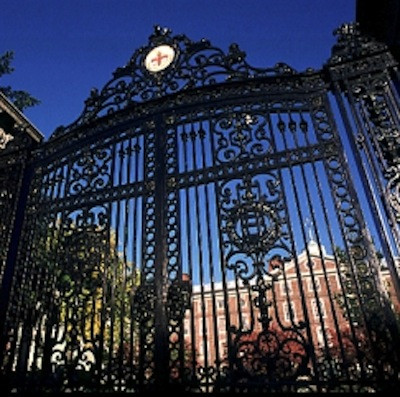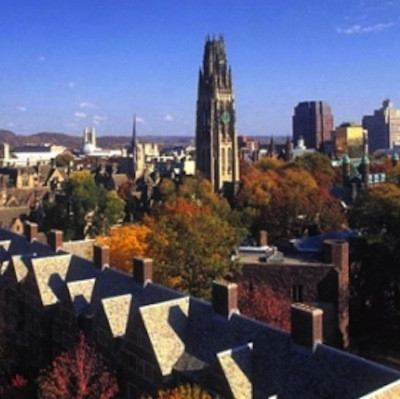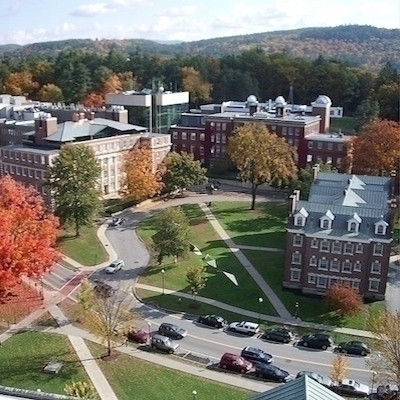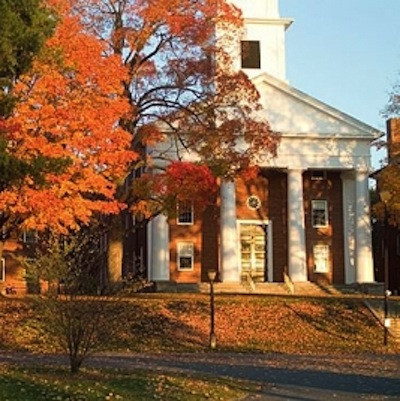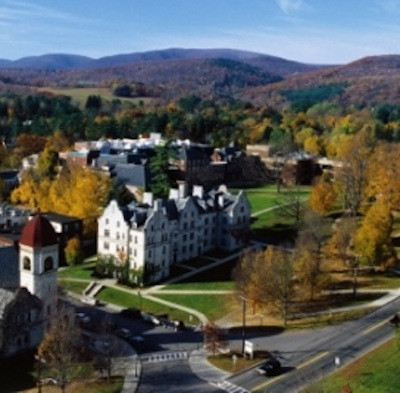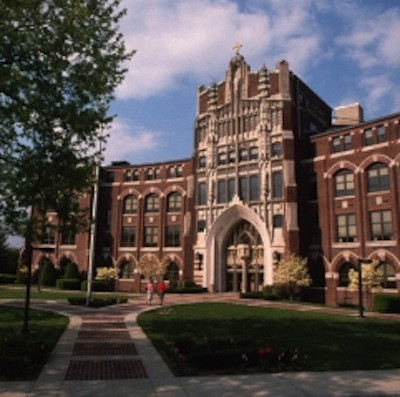College Admissions: Insider Secrets for Pre-Med Applicants
Monday, July 27, 2015
The road to medical school and becoming a doctor isn’t what it used to be. Getting into med school has always been tough, but for those who made the cut in past generations, there was an assurance of high earnings and a rewarding career. Today, ask a doctor if they would recommend the profession to a young person, and many will have a tenuous answer. While there is no question that most doctors love helping others, they are plagued by a pile of administrative paperwork, low reimbursements, high malpractice risks and skyrocketing insurance costs for their practice. Nevertheless, high performing students are drawn to the idea of becoming a doctor, often starry-eyed and unaware of the challenges that lay ahead. Here are a few things that students who are considering a medical career need to know as they approach college:
Major in Music, But Take Pre-Med Courses
1. You don’t have to be a pre-med (or even a science major) to apply to med school. In fact, many medical schools would prefer that you major in something else. So, go ahead and major in music, philosophy, political science or whatever interests you. However, you MUST take the pre-requisite science and math courses in order to be eligible for most med schools. MIT has a great suggested list of courses. Undergraduate research, internships and publications are also an attractive asset on med school applications. So, understand if those opportunities are available at the colleges you are considering.
Statistics Can Be Manipulated
2. When looking at undergrad programs, investigate their statistics regarding the pre-med curriculum and medical school acceptances. Some colleges will boast figures like “92% of our students who applied to medical school were accepted”. That’s impressive when nationally only 44% of applicants are accepted. But, ask what percent of students who started in pre-med finished in pre-med? If 60% were dropped from the program for low grades, that’s something to think about. I know more than a few students with A’s in their high school AP science courses who struggled to get C’s in college Chemistry; the jump to college-level science is usually huge. Also ask about pre-med advising and average MCAT scores.
Science Grading Curves-Survival of the Fittest
3. Remember that science courses in college are often graded in a different way than in high school. At larger universities and Ivy League schools, sciences may be graded on a curve. This means that everyone who scores above 90 DOES NOT get an A or A-. Instead, the top 10% may get A’s, the next 20% B’s, 40% C’s, 20% D’s and 10% F’s. Curves vary, but the bottom line is that very few students get the A’s needed to get into med school. It’s a weeding process that forces many students out of a pre-med track. It’s not unusual to see 30-60% of students drop out of pre-med at universities that grade on a curve. On the other hand, many small liberal arts colleges do not grade science courses on a curve, the professors are available for extra-help, and the college tends to be very vested in getting as many students as possible into med school. If you aren’t sure if a college grades science courses on a curve, ASK! And seriously consider a small liberal arts college, if your final goal is medical school.
Ways to Improve Your Science GPA
4. There are specific “weed out” courses in the pre-med curriculum, designed to thin out the pack. Organic Chemistry is the most famous; the second semester usually looks like a battlefield of empty seats. Doctors will often advise their pre-med children to wait and take the toughest pre-med courses at their home state university in the summer when they can focus on just one course (and when grading is usually easier). You need to check ahead of time to ensure that the credit and grade will transfer to your college, but if you are attending the primary campus of a 4-year state university, it usually will.
Med school admissions committees look at several factors when accepting students. They consider overall GPA, your science GPA, MCAT scores, research or hands-on experience, extra-curricular and leadership activities. Your two GPA’s and MCAT’s are the most important factors. So, picking the right undergraduate program to maximize your chances for acceptance to medical school is one of the most critical factors in becoming a doctor.
Cristiana Quinn, M.Ed. is the founder of College Admission Advisors, LLC which provides strategic, individual counseling for college-bound students. www.collegeadvisorsonline.com
This article originally ran in 2014
Related Slideshow: New England Colleges With the Best Undergraduate Teaching
U.S. News & World Report released a survey conducted in 2013 of college administrators on the best schools for undergraduate teaching. Several New England made their lists for best National Universities, Liberal Arts Colleges, and Regional Universities. See which schools made the lists in the slides below:
Related Articles
- College Admissions: 4 Elite Honors Programs in the East
- College Admissions: Common App’s Meltdown Threatens Early Decision
- College Admissions: Early Admission Apps Soared for Class of 2018
- College Admissions: Freshmen Blues - What’s a Parent to Do?
- College Admissions: Best Ski + Snowboard Colleges in the West
- College Admissions: High School Classes Colleges Look For
- College Admissions: Handling Early Admission Rejection
- College Admissions: What College Would Batman Have Gone To?
- College Admissions: The Common App 2013-14 Sneak Peek
- College Admissions: The 5 Most Unusual Colleges In The US
- College Admissions: What Your PSAT Scores Really Mean
- College Admissions: Athletic Recruitment: 3 Mistakes to Avoid
- College Admissions: Best Ski + Snowboard Colleges in the East
- College Admissions: 9 Scholarships Anyone Can Apply For
- College Admissions: 4 New England College Visit Road Trips
- College Admissions: 4 Tips For Overcoming ‘College Phobia’
- College Admissions: 4 Things To Do While Waiting For Early Admissions
- College Admissions: 5 Majors You Need to Choose Before You Apply
- College Admissions: 4 Ways To Avoid Rejection Of Your Application
- College Admissions: 5 Reasons To Take The ACT Exam
- College Admissions: 5 Reasons Not To Attend Your Stretch College
- College Admissions: 6 Steps To A Killer College Application
- College Admissions: 6 Costly Financial Aid Mistakes to Avoid
- College Admissions: America’s High School Cheating Epidemic
- College Admissions: What NOT To Do When Bringing Your Child to College
- College Admissions: 4 Ways to Increase Your Financial Aid Package
- College Admissions: 10 Scholarships ANYONE Can Apply For
- College Admissions: How To Keep From Choosing The Wrong College
- College Admissions: 5 Admission Factors You Can’t Predict
- College Admissions: No Acceptances? Don’t Panic
- College Admissions: 6 Biggest Lies in College Admissions
- College Admissions: 5 Ways To Survive College Decision Season
- College Admissions: The 5 Biggest Campus Visit Mistakes
- College Admissions: Applications Surge at Many Elite Colleges
- College Admissions: 3 Reasons To Take a Gap Year
- College Admissions: 3 NE Colleges Where You Can Save $60K or Get Free Master’s Degree
- College Admissions: Avoiding Senioritis and Spring Meltdown
- College Admissions: 5 Things Rising Seniors Need To Do This Summer
- College Admissions: SAT Plagued With Issues
- College Admissions: Will You Get a Free SAT in October?
- College Admissions: 10 Western Colleges Worth the Trip This Summer
- College Admissions: How To Get Noticed by College Coaches Now
- College Admissions: 4 Reasons to Start Your College Applications NOW
- College Admissions: 6 Last-Minute Summer Ideas for HS Students
- College Admissions: 5 Questions to Ask Career Services
- College Admissions: How Social Media Can Ruin Your Application
- College Admissions: Why Every Child Should Help Pay for College
- College Admissions: Advice to The Class of 2016 From The Class of 2015
- College Admissions: 5 Endless Summer Colleges


